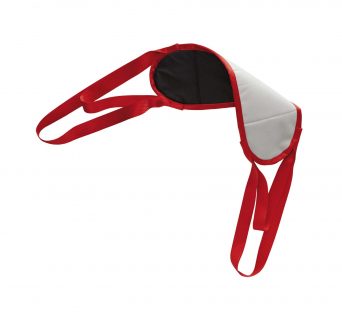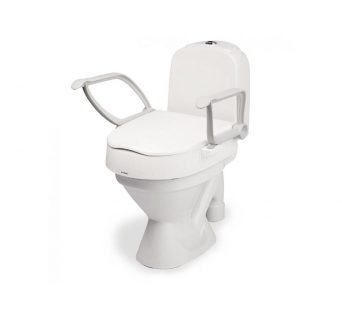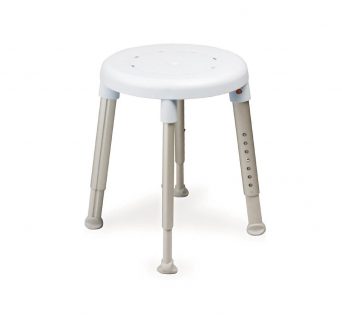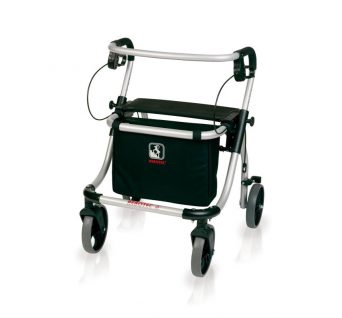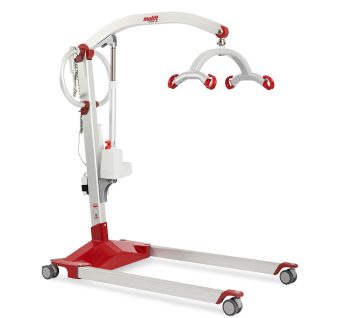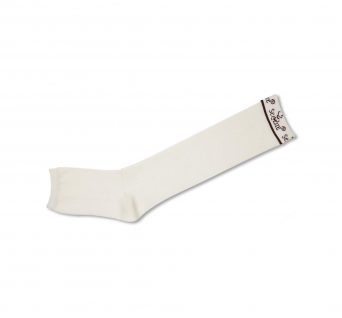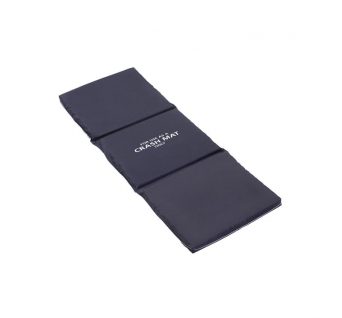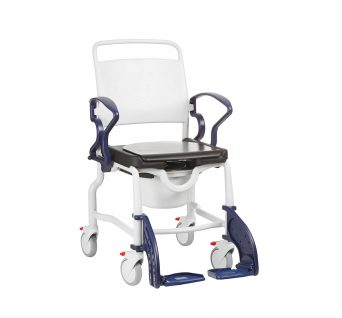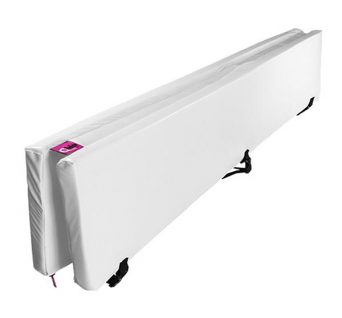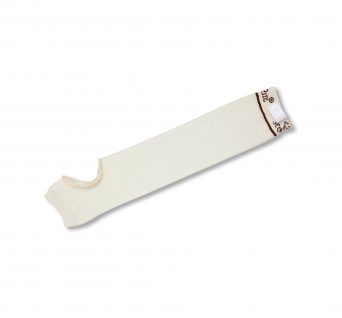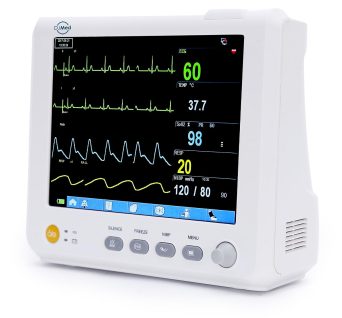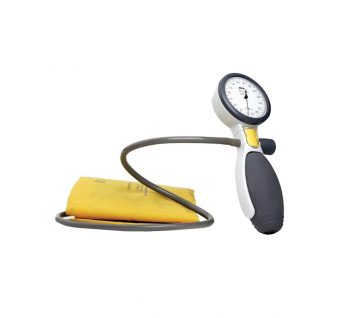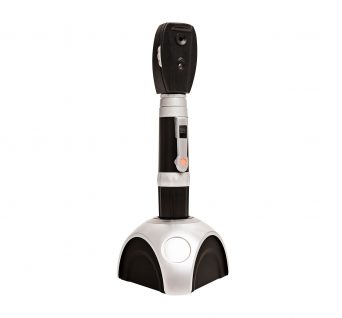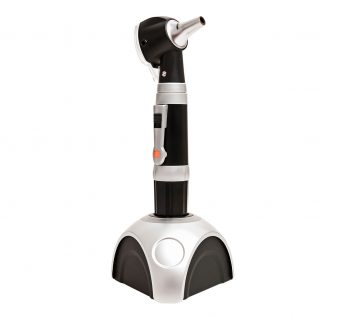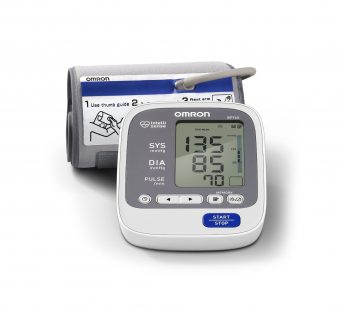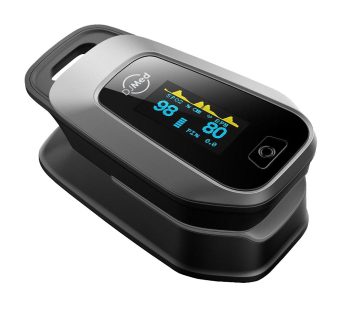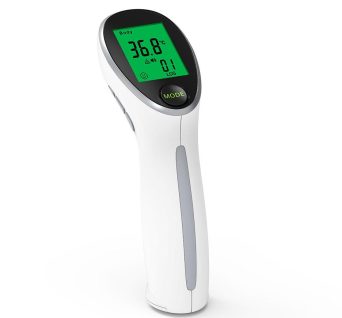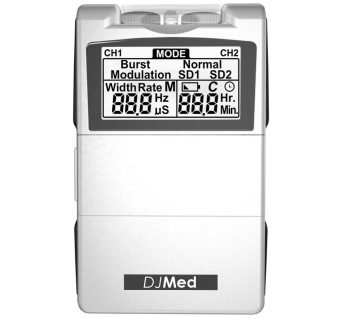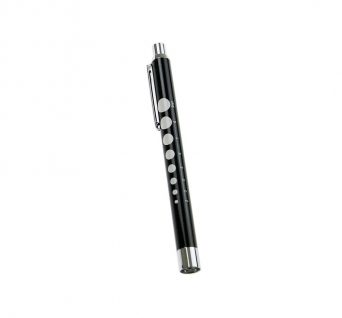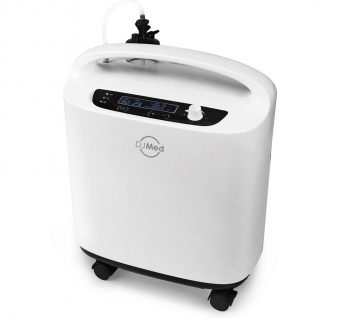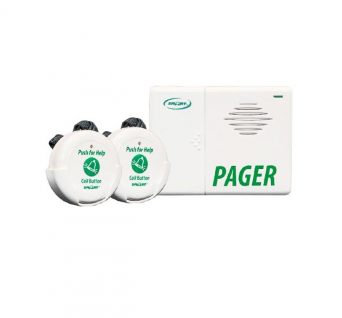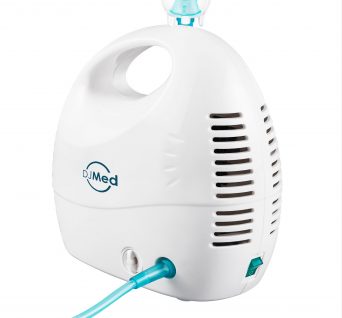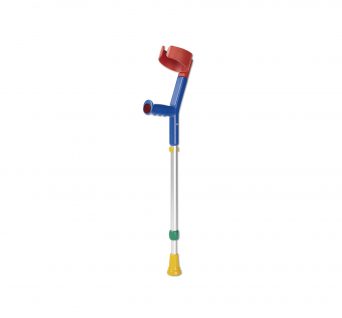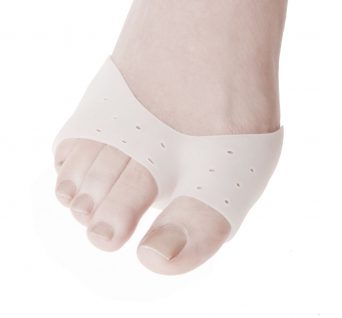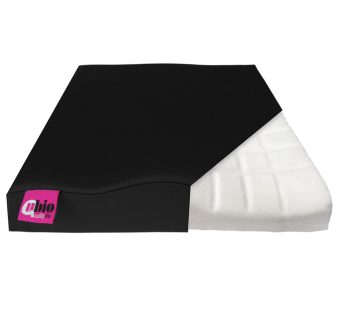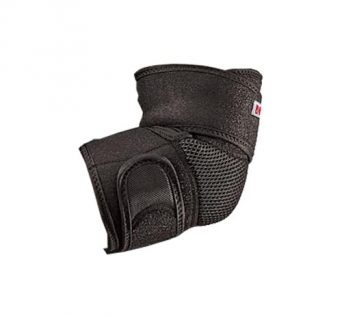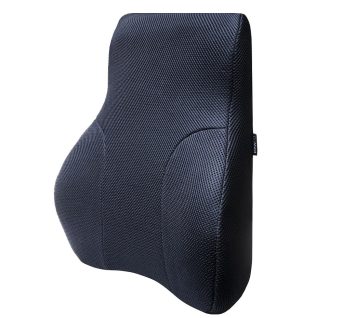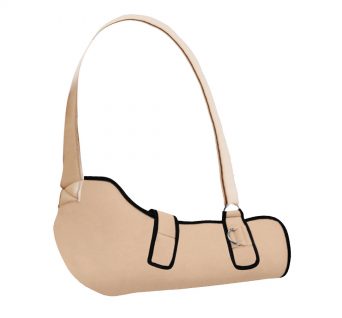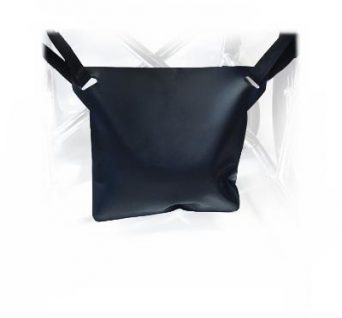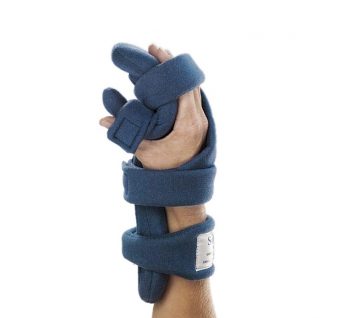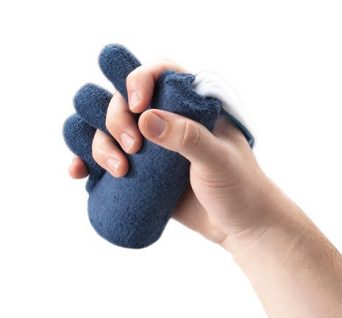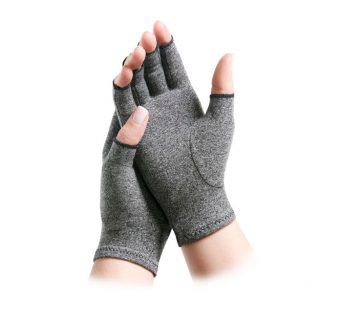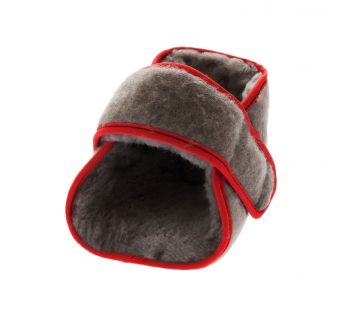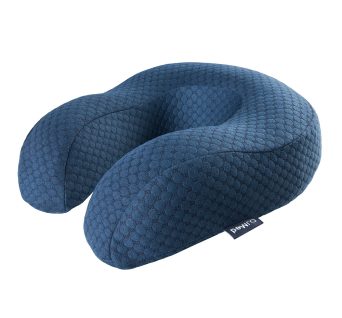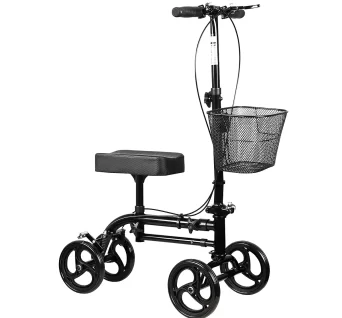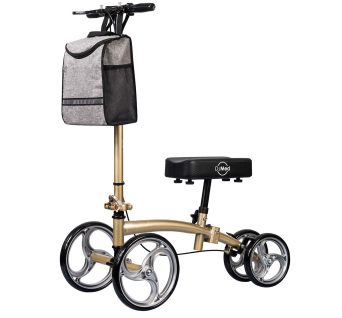No products in the cart.
Knee Walkers
Showing all 2 resultsSorted by popularity
- Knee Walkers
Classic Knee Walker Scooter
Designed for comfort and stability, this lightweight yet durable scooter provides a smooth ride on any surface.
The adjustable knee pad and handlebars ensure a perfect fit, while the dual braking system enhances safety.
Whether you’re recovering from an injury or surgery, this knee walker keeps you mobile and independent.
Foldable for easy transport and storage, it’s the ideal companion for home, work, or on-the-go. Stay active, stay comfortable, choose the Classic Knee Walker Scooter today!
Order now and regain your freedom!
SKU: n/a
Knee Walkers, Knee Scooters
A knee walker scooter, also known simply as a knee walker or knee scooter, is a medical mobility device designed to assist individuals who have a foot or lower leg injury and are unable to put weight on the affected limb. It provides a comfortable and convenient alternative to traditional crutches or a wheelchair for temporary mobility assistance during the healing process.
Key features of a knee walker scooter include:
Knee Platform: The knee walker has a padded platform at the height of the injured leg. The user places their injured knee on this cushioned platform, which allows them to rest their weight on it comfortably. Handlebars: Similar to those on a traditional scooter or bicycle, handlebars are attached to the knee walker for steering and control. Wheels: Knee walker scooters typically have three or four large wheels for stability and maneuverability. Some models may have pneumatic (air-filled) tires for a smoother ride, while others have solid or semi-pneumatic tires. Brakes: Most knee walkers come equipped with brakes, usually hand-operated, to provide the user with control over stopping and slowing down. Adjustable Height: The knee platform and handlebars are usually adjustable in height to accommodate users of different heights and ensure proper alignment and comfort. Storage and Transport: Many knee walkers are designed to be easily folded for storage or transport, making them convenient for travel and everyday use. Basket or Pouch: Some knee walker models come with a detachable basket or pouch for carrying personal items or supplies.
Knee walkers offer several advantages over crutches for individuals recovering from foot or lower leg injuries:
Improved Stability: Knee walkers provide more stability and balance compared to crutches, reducing the risk of falls. Reduced Strain: They allow users to rest their injured leg on a cushioned platform, eliminating the need to bear weight on the injured foot or leg. Mobility and Independence: Knee walkers offer increased mobility and independence, allowing users to move around more easily and perform daily tasks with greater ease. Comfort: The padded knee platform and handlebars provide comfort during use. Less Fatigue: Users often experience less fatigue when using a knee walker compared to crutches.
Knee walkers are typically prescribed or recommended by a healthcare professional and are available for purchase or rental. The choice between a knee walker and other mobility aids like crutches or wheelchairs depends on the nature of the injury, the user’s mobility needs, and their comfort preferences. Always follow your healthcare provider’s guidance when selecting and using mobility aids during your recovery.
How do I choose a knee walker?
Choosing the right knee walker is essential for ensuring a comfortable and safe recovery from a foot or lower leg injury. Here are some factors to consider when selecting a knee walker:
Consult Your Healthcare Provider: Before purchasing or renting a knee walker, consult your healthcare provider, orthopedic specialist, or physical therapist. They can assess your specific needs and provide recommendations based on your injury and mobility requirements. Type of Injury: Consider the type and severity of your injury. Different knee walker models may be more suitable for specific injuries. For example, if you have a cast or brace on your lower leg, you may require a knee walker with a larger and more stable platform. Height and Weight Capacity: Ensure that the knee walker can accommodate your height and weight. Most knee walkers are adjustable in height, but it’s important to check the manufacturer’s specifications to confirm that it will fit your body comfortably. Wheel Type: Decide whether you need solid, pneumatic (air-filled), or semi-pneumatic wheels. Solid wheels require less maintenance but may offer a slightly bumpier ride compared to air-filled wheels, which provide a smoother experience. Choose the one that best suits your terrain and comfort preferences. Brake System: Check the brake system on the knee walker. Most models have hand-operated brakes, but some may offer different types of braking mechanisms. Ensure that the brakes are easy to use and provide the level of control you need. Portability: If you plan to transport the knee walker frequently or need to store it in a compact space, look for a model that is foldable or has a compact design. Storage Features: Some knee walkers come with baskets, pouches, or storage compartments for carrying personal items or medical supplies. Consider your storage needs and whether these features are essential for you. Stability and Maneuverability: Assess the stability and maneuverability of the knee walker. It should provide good stability to prevent tipping and be easy to steer and control. Comfort: Pay attention to the comfort features, including the quality of the knee platform padding and handlebar grips. You’ll be using the knee walker for an extended period, so comfort is crucial.
Remember that your healthcare provider’s guidance is crucial in choosing the right knee walker. They can offer valuable insights and ensure that the selected knee walker is appropriate for your injury and recovery process. Ultimately, selecting the right knee walker can significantly improve your mobility and comfort during the healing process.
